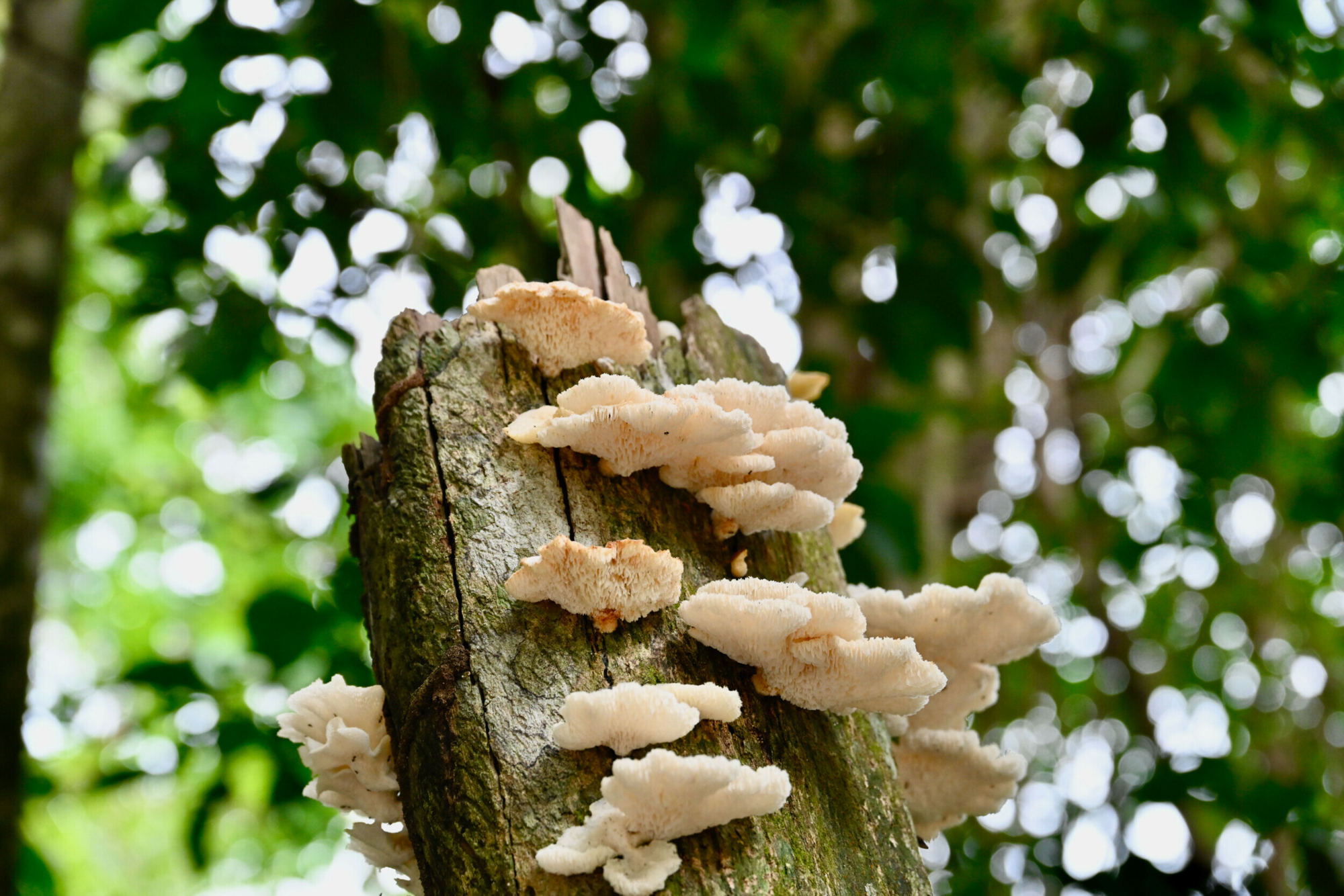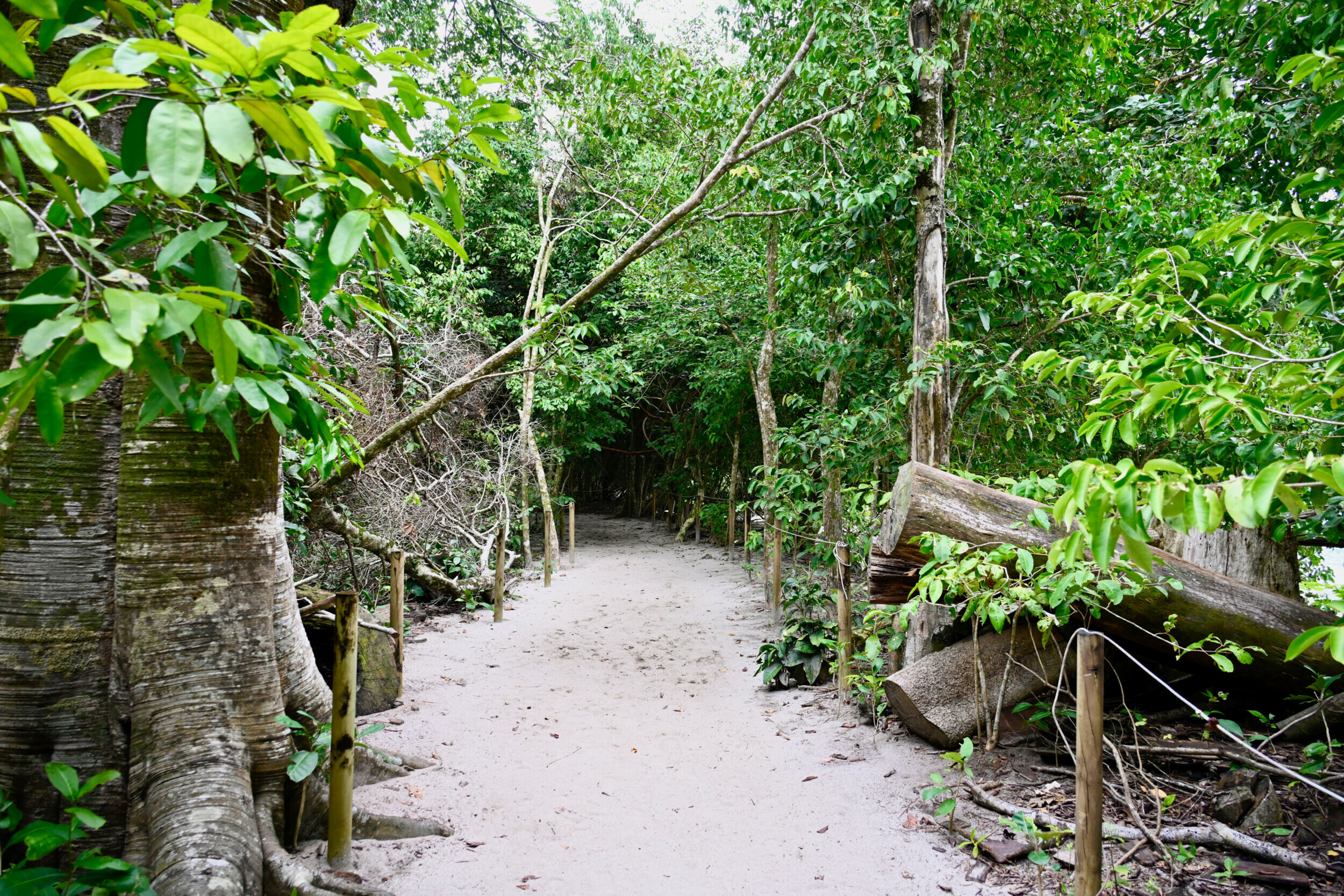Manuel Antonio National Park - A Costa Rican Jewel

Nestled along Costa Rica's central Pacific coast, Manuel Antonio National Park is a veritable paradise blending breathtaking natural beauty with a wealth of biodiversity. This gem offers visitors an unparalleled opportunity to connect with nature through a variety of activities suitable for all ages. From hiking and wildlife spotting to beach excursions and water adventures, Manuel Antonio has something for everyone. This article delves into the park's attractions, providing insights into making the most of your visit.
Thrilling Activities for Every Visitor
Discovering the Trails: Manuel Antonio National Park's trail system is a hiker's dream, offering paths that range from leisurely walks to challenging hikes. The Mangrove Trail invites visitors into the heart of coastal wetlands, while the Sloth Trail is perfect for spotting these adorable creatures. For breathtaking views, the Punta Catedral trail is unmatched, offering panoramas of the ocean and forest.
Wildlife Encounters: The park is a haven for wildlife enthusiasts. With a bit of patience and perhaps a guide's expertise, you can spot sloths, several monkey species, iguanas, and a plethora of bird species. Night walks offer a unique opportunity to see nocturnal animals in their element.
Beachside Bliss: The park's beaches, such as Manuel Antonio, Espadilla Sur, Gemelas, and Puerto Escondido, are perfect for a day of relaxation or fun. Whether you're looking to swim, snorkel, kayak, or simply enjoy the sun, these beaches provide a pristine setting against the backdrop of the rainforest.
Adventure on Water: Beyond the park's boundaries, the adventure continues with parasailing, catamaran cruises, ziplining, fishing, diving, and whale watching. Local companies offer tours that include equipment and safety measures, ensuring a memorable experience.
Family-Friendly Excursions
Organic Insights at Finca Anita: Visit Finca Anita for a genuine look at organic farming practices in Costa Rica. This interactive experience allows visitors to taste fresh produce and learn about sustainable agriculture.
Contributing to Conservation: Kids Saving the Rainforest offers a chance to learn about wildlife conservation efforts and see rescued animals. This sanctuary encourages visitors to volunteer or donate, supporting their mission.
Local Flavors and Crafts: The Quepos Farmers Market is a vibrant spot to experience Costa Rican cuisine and culture. Here, you can sample local dishes like ceviche and empanadas and shop for unique souvenirs.
A Dive into History: The Numismatic Museum in San Jose offers a fascinating journey through Costa Rica's economic and social history, showcasing an impressive collection of coins, banknotes, and more.
Hiking Enthusiasts' Paradise
Manuel Antonio boasts a diverse array of hiking trails, such as the moderate loop of Manuel Antonio, La Trampa, y Playa Gemelos, which leads adventurers through the rainforest to stunning beaches. The Sendero Perezoso offers a more relaxed experience with its wooden boardwalks, ideal for sloth spotting. For those seeking a comprehensive exploration, the Complete Tour of Manuel Antonio covers all the main attractions, including the lush mangrove swamps and the serene Playa Espadilla Sur.
Pristine Beaches: A Closer Look
The park's beaches are renowned for their beauty and diverse offerings. Playa Manuel Antonio, the crown jewel, is famous for its soft white sand and clear waters, perfect for swimming and snorkeling. Playa Biesanz offers a secluded retreat with calm waters and vibrant marine life, while Playa Espadilla caters to those looking for surfing opportunities and a lively atmosphere.
Wildlife Viewing Opportunities
Manuel Antonio is a biodiversity hotspot, providing ample opportunities to observe wildlife in its natural habitat. The park's trails are ideal for encountering sloths, monkeys, and an array of bird species. Hiring a guide or utilizing scopes and binoculars can enhance this experience, making it easier to spot and identify the diverse fauna.
Water Activities: Beyond Swimming
For those looking to dive deeper into the aquatic world, the area surrounding Manuel Antonio offers snorkeling, diving, and whale watching tours. Caño Island Snorkeling tours reveal a rich underwater ecosystem, while Oceans Unlimited Scuba Diving takes explorers to hidden dive spots teeming with sea life. AquaQuepos offers personalized tours for fishing, snorkeling, and observing whales, providing a bespoke adventure on the water.
Unveiling Hidden Gems
Manuel Antonio also harbors less crowded spots like Playa Gemelas, a tranquil beach offering stunning views, and the secluded Playa Biesanz. For a unique experience, the Manuel Antonio Hot Springs provide a natural setting to relax and unwind in mineral-rich waters.
FAQs about Manuel Antonio National Park
1. What is the best time to visit Manuel Antonio National Park?
The best time to visit Manuel Antonio National Park is during the dry season, from December to April. During these months, visitors can enjoy sunny days and clearer trails, making it ideal for hiking and wildlife spotting. However, the park is a year-round destination, with the green season (May to November) offering lush landscapes and fewer crowds, albeit with higher chances of rain.
2. Can I enter the park without a guide?
Yes, you can enter Manuel Antonio National Park without a guide. However, hiring a guide can greatly enhance your experience. Guides are knowledgeable about the park's ecosystems and wildlife, increasing your chances of spotting animals and learning about the flora and fauna. They can also share insights into the park's conservation efforts and history.
3. Are there any accommodations within the park?
There are no accommodations within Manuel Antonio National Park itself, as it is a protected area. However, the surrounding region offers a wide range of lodging options, from luxury resorts to budget-friendly hostels, many of which boast stunning views of the park and the Pacific Ocean.
4. What are the park's opening hours and entrance fees?
Manuel Antonio National Park is open from 7:00 AM to 4:00 PM, Tuesday through Sunday, and is closed on Mondays. Entrance fees for international visitors are typically around $16 USD for adults and $5 USD for children, but prices are subject to change. It's recommended to check the latest information before your visit.
5. Is it safe to swim at the beaches in Manuel Antonio?
Yes, it is generally safe to swim at the beaches in and around Manuel Antonio National Park. Playa Manuel Antonio, within the park, is known for its calm waters and is ideal for swimming. Always observe safety signs and be mindful of currents and tides. Lifeguards are not always present, so swim with caution.
6. Can I participate in conservation efforts during my visit?
Yes, visitors can participate in conservation efforts during their visit to Manuel Antonio. Organizations like Kids Saving the Rainforest offer volunteer opportunities and accept donations to support wildlife rescue and conservation. Additionally, choosing eco-friendly tours and respecting park regulations contribute to the preservation of this unique ecosystem.
7. What should I bring for a day trip to Manuel Antonio?
For a day trip to Manuel Antonio, it's recommended to bring sunscreen, insect repellent, a reusable water bottle, comfortable walking shoes, swimwear, a towel, and a camera or binoculars for wildlife viewing. Also, consider lightweight rain gear during the green season. Remember to pack out all trash and minimize your environmental impact.
Manuel Antonio National Park is a testament to Costa Rica's commitment to preserving natural beauty and biodiversity. Whether you're an avid hiker, wildlife enthusiast, beach lover, or just looking to soak up the rich Costa Rican culture, Manuel Antonio offers an unforgettable experience. With careful planning and respect for the environment, visitors can enjoy all that this magnificent park has to offer.

